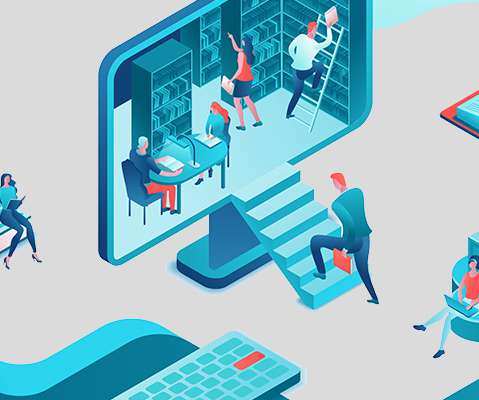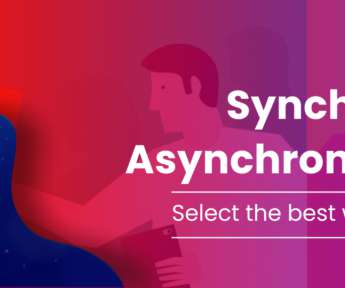Synchronous vs asynchronous elearning
eFront
AUGUST 22, 2013
In today’s elearning environment the type of learning that takes place is generally divided into one of two categories: synchronous and asynchronous. Any learning tool that is in real-time, such as instant messaging that allows students and teachers to ask and answer questions immediately, is synchronous.






























Let's personalize your content